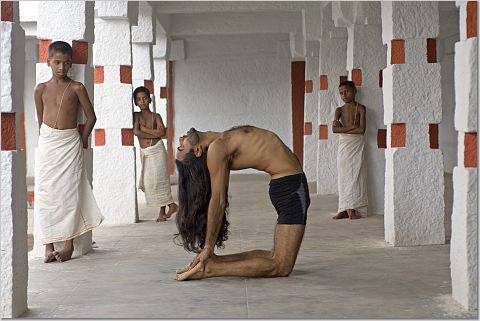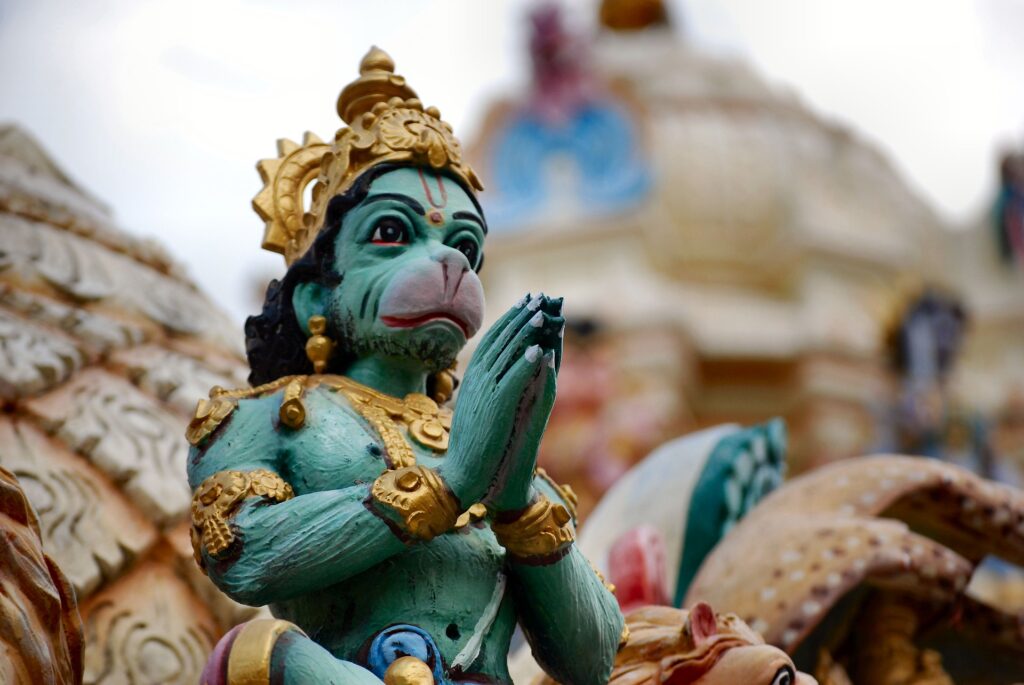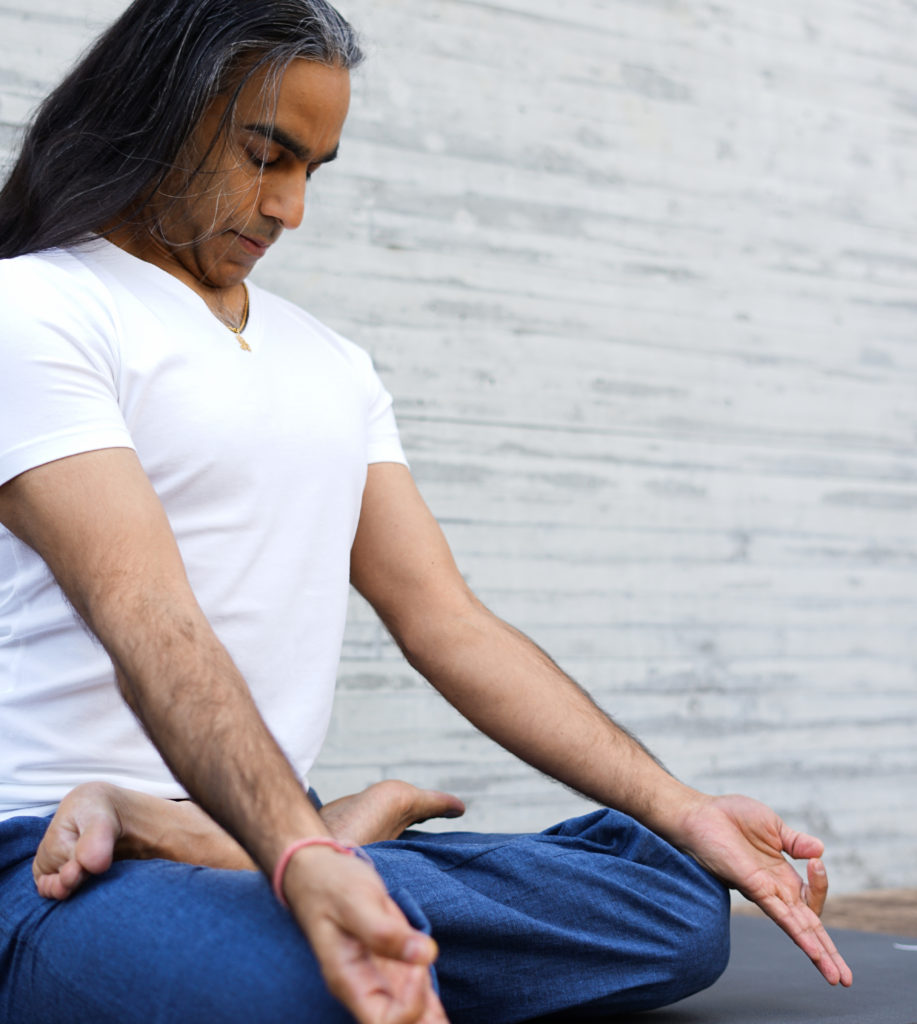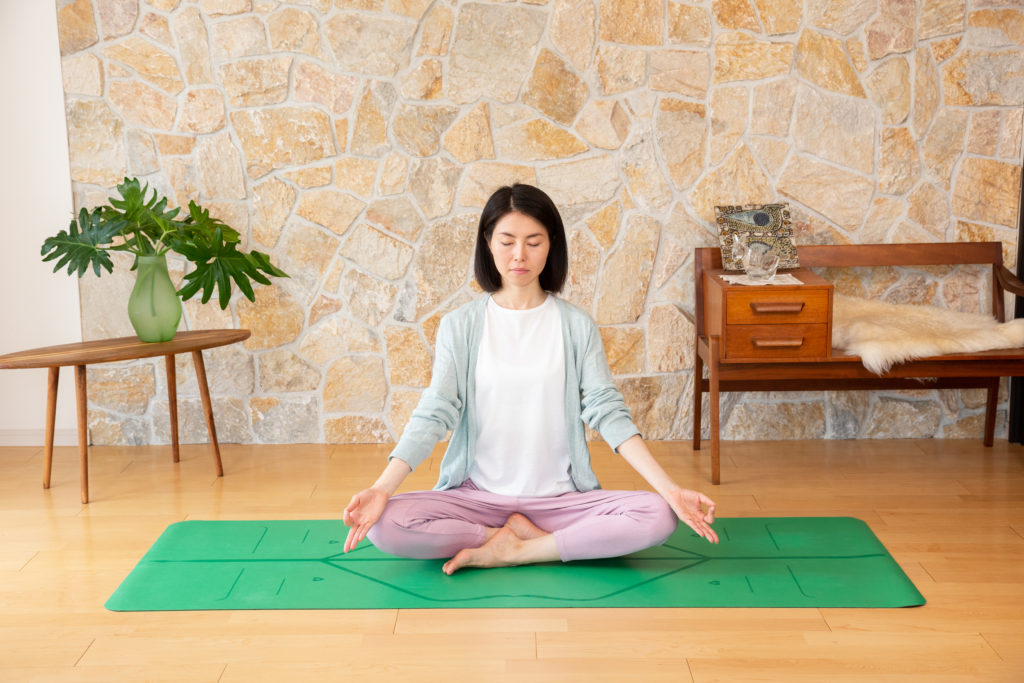【SEEDS of YOGA】 私のヨガ哲学 パラドックスと正しい問いかけ
2021-04-24My Yoga Tetsugaku (Philosophy)
The Paradoxes of Yoga & Asking the Right Questions
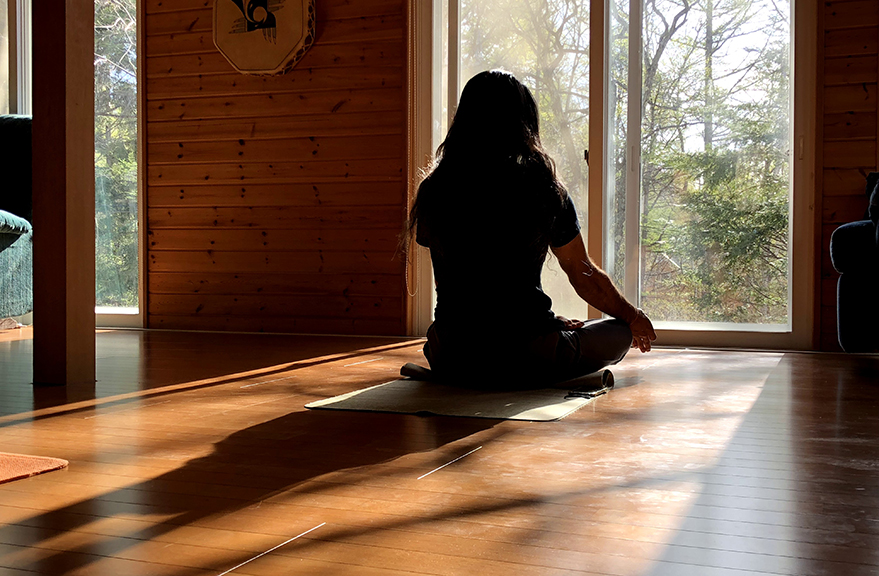
*Scroll down for English
ヨガがポーズだけではないことをよく知っています。ヨガは肉体的なものだけでなく、精神的な修行であることも知っています。形は中身の代わりにはならないことも知っています。
しかし、これは本当はどういうことなのでしょうか? どうやって練習すればいいのでしょうか? そして、それをどのように共有し、教えるのでしょうか?
ヨガの先生として、ヨガの実践者として、これらは私たち自身に問いかけなければならないことです。
考えてみると、ヨガは多くの興味深いパラドックスを提示してくれています:
- 身体的な「アーサナ」を練習すること。しかしながら、アーサナが目的ではないこと。
- 「ヤマ」(コントロール)や抑制を実践すること。しかしながら、自由になり、’mukti'(ムクティ)と’moksha'(モクシャ)を見つけること。
- “atha yoga anushasanam” (アタ ヨガ アヌシャサナム)と呼ばれるように、真面目に取り組むこと。しかしながら、楽しみ、喜びと ‘ananda’(アナンダ)の至福を感じること。
それだけではなく。。。まだあります!
ヨガでは、私たちは一人一人ユニークであり、より大きな知識や‘samadhi’(サマディ)と呼ばれる悟りの境地に至る独自の道があると教えています。 では、なぜこれほど多くの人が同じ練習をしているのでしょうか?
私は修行者です。私は指導者です。しかし、私は実際にはこの役割ではないことを知っています。ヨガの文献がそう教えてくれています。
しかし、それはどのように感じられるでしょうか?そして、それは現実の世界や私の人生ではどのように表現するでしょうか?
まだこのような質問をしたことがないのであれば、今がその時です。
さあ、旅に出ましょう。
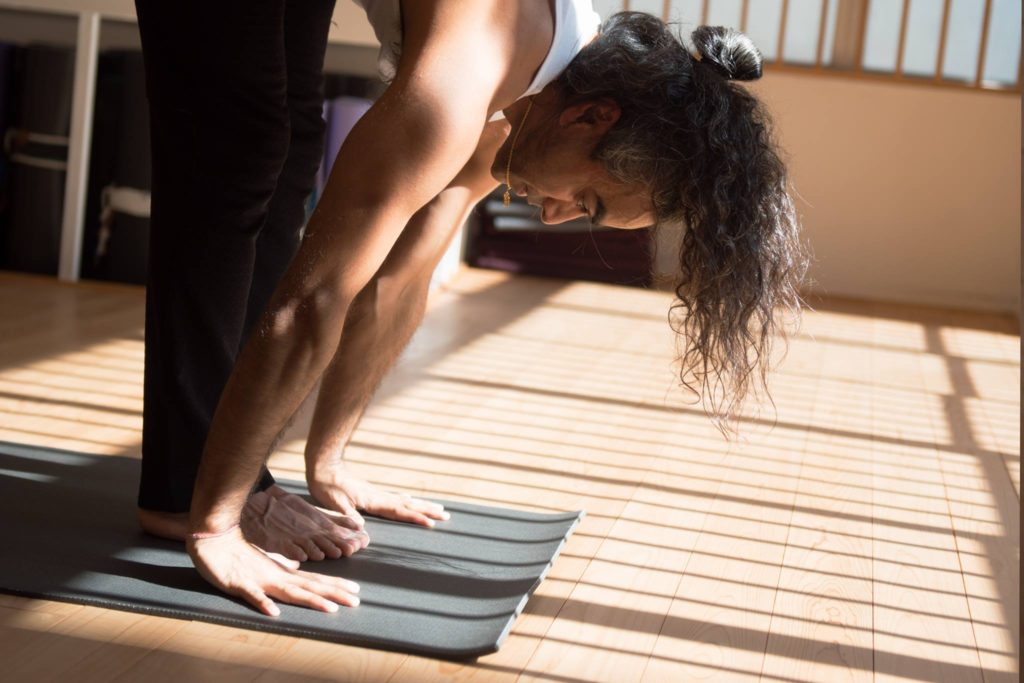
My Yoga Tetsugaku (Philosophy)
The Paradoxes of Yoga & Asking the Right Questions

We all know that yoga is not about poses. We know that it is a mental practice not just something physical. We know that form is not a substitute for substance.
But what does this really mean? How do we practice this? And how do we share and teach this?
As yoga teachers and as yoga practitioners, these are questions we need to ask ourselves.
Come to think about it, yoga presents us with so many interesting paradoxes:
- Practice physical ‘asana’ but it’s not about asana!
- Practice ‘yama’ control but become free, find ‘mukti’ and ‘moksha’
- Be serious and committed – “atha yoga anushasanam” – but have fun, feel joy and ‘ananda’ bliss
But wait, there’s more!
Yoga also tells us that each of us are unique and have our own path to some state of greater knowing or ‘samadhi’ enlightenment. Then why are so many of us doing the same practice? Or are we?
I am a practitioner. I am a teacher. But really, I know that I am not these roles. All the texts have taught me this.
But what does that feel like? And what does that look like in the real world and in my life?
It’s time to ask these questions if you haven’t yet.
Let’s journey!
